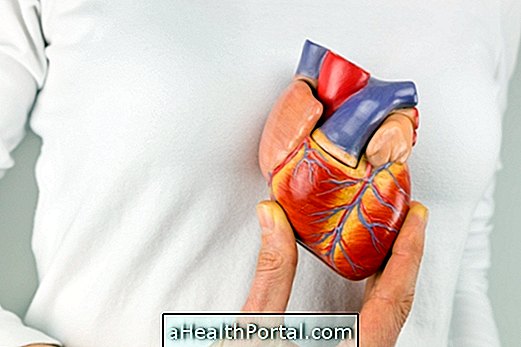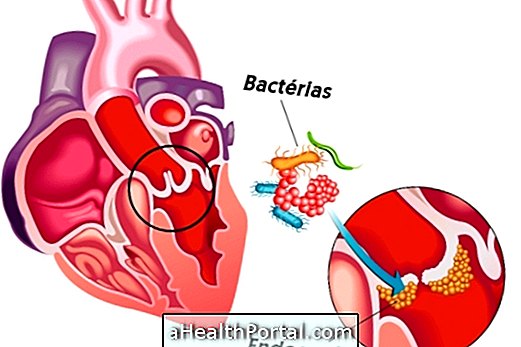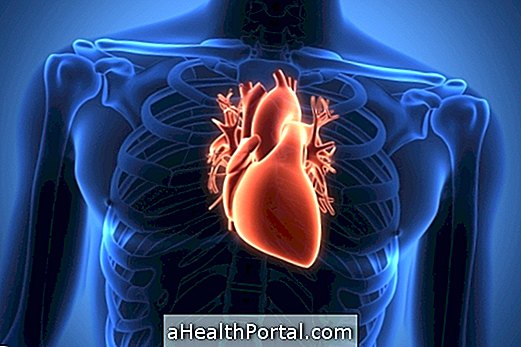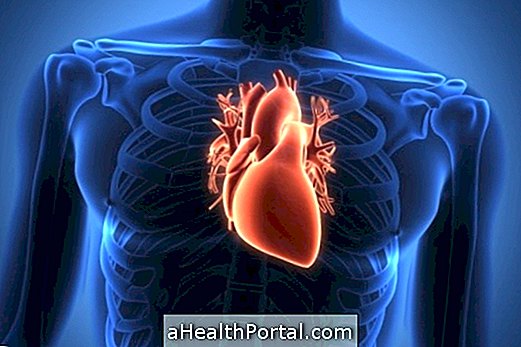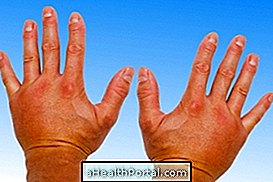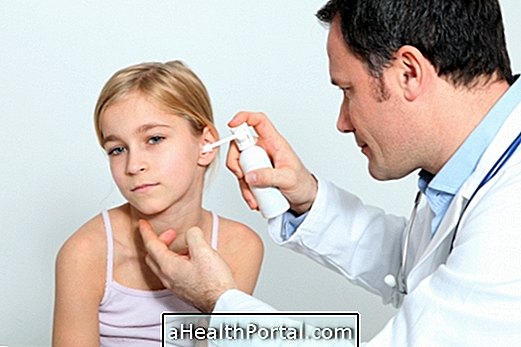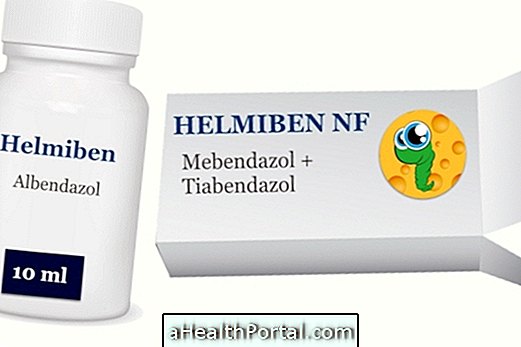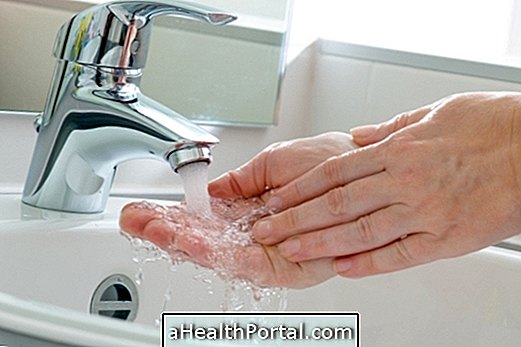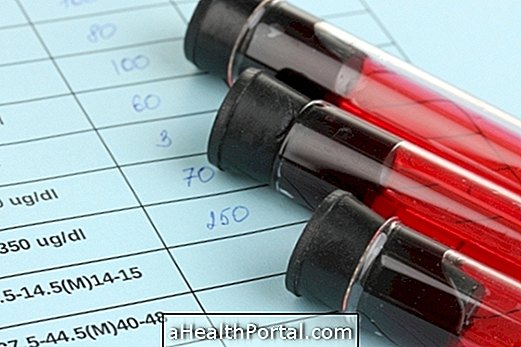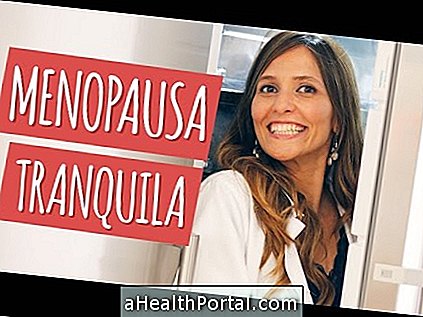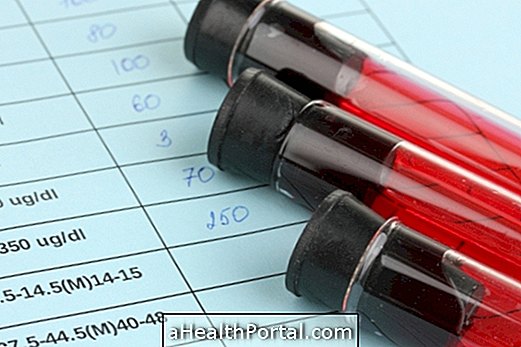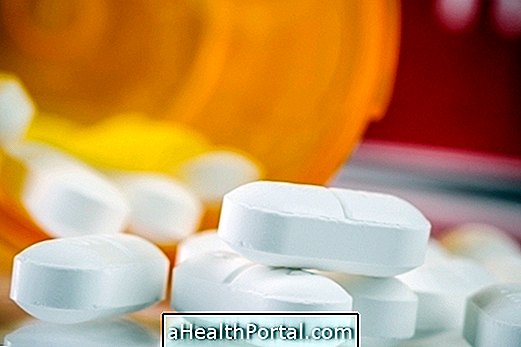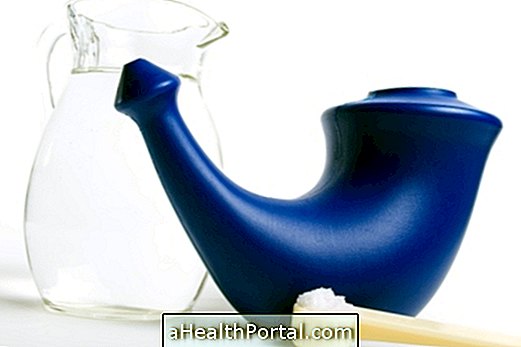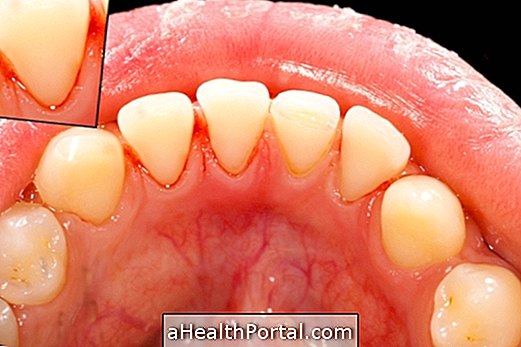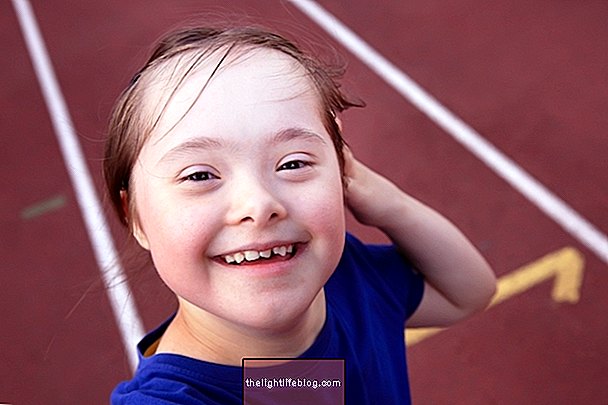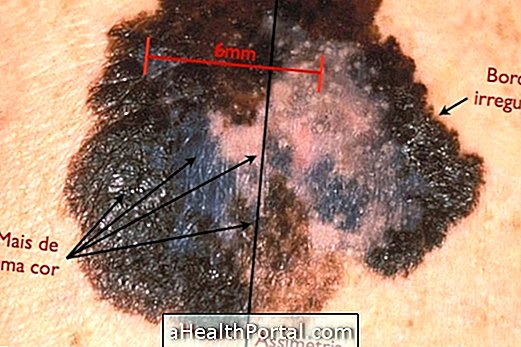Acute myocardial infarction, or heart attack, happens when a lack of blood in the heart causes damage to your tissue. This condition is known as ischemia, and causes symptoms such as chest pain radiating to the arms, in addition to nausea, cold sweat, tiredness, paleness, among others.
Infarction usually occurs due to the accumulation of fat plaques inside the coronary arteries, which occur both through genetics and risk factors such as smoking, obesity, unbalanced eating and sedentary lifestyle, for example. Its treatment is indicated by the doctor, and involves the use of medicines to restore circulation to the heart, such as ASA, and sometimes cardiac surgery.
In the presence of symptoms that indicate a heart attack that lasts more than 20 minutes, it is important to go to the emergency room or call the SAMU, as this can cause serious cardiac sequelae or even lead to death if it does not to be rescued quickly. To quickly recognize the symptoms of infarction, and the particularities in the woman, young and old, check for symptoms of infarction.
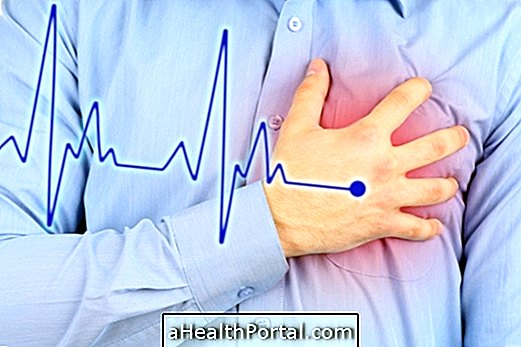
How to identify
The main symptoms of infarction are:
- Left chest pain in the form of tightness, or "distress, " radiating like numbness or pain to the left arm or right arm, neck, back or chin;
- Paleness (white face);
- Nipple;
- Cold sweat;
- Dizziness.
Other previous symptoms, which are not so classic, which may also indicate a heart attack in some people are:
- Stomach pain, in the form of tightening or burning or as if it had a weight on top of the individual;
- Back pain;
- Burning sensation in one of the arms or jaw;
- Feeling of gas in the stomach;
- Nipple;
- Malaise;
- Shortness of breath;
- Fainting.
These symptoms usually start gradually, and gradually worsen, lasting for more than 20 minutes. However, in some cases, the infarction may occur suddenly, with a very rapid worsening, a condition known as fulminant infarction. Know what causes and how to identify the fulminant infarct.
Confirmation of the diagnosis can be made by the physician through the patient's medical history and by examinations such as electrocardiogram, dosage of cardiac enzymes and catheterization in a hospital environment.
What are the causes
Most often, the cause of the infarction is a blockage in the passage of blood to the heart, due to the accumulation of fat in the arteries, or due to:
- Stress and irritability;
- Smoking Habit,
- Use of illicit drugs;
- Excessive cold;
- Excessive pain.
Some risk factors that increase an individual's chances of having a heart attack are:
- Family history of myocardial infarction or heart disease;
- Have already suffered a heart attack previously;
- Active or passive smoking;
- High pressure;
- High LDL or low HDL cholesterol;
- Obesity;
- Sedentary lifestyle;
- Diabetes.
The family factor, when an individual has a close relative as a parent, grandmother or brother with heart disease, is very important.
Use the calculator below to find out your risk of having a heart attack:

How is the treatment done?
The treatment of the infarction is done in the hospital, with the use of an oxygen mask or even mechanical ventilation, so that the patient breathes easier, and the administration of several medications, indicated by the physician, as antiplatelet agents, aspirin, venous anticoagulants, ACE inhibitors and beta-blockers, statins, strong analgesics, nitrates, which act by regulating the passage of blood to the heart.
Treatment seeks to stabilize the condition, decrease pain, decrease the size of the affected area, reduce post-infarction complications, and involves general care such as rest, intensive disease monitoring, and medication use. An emergency catheterization or angioplasty may be required, depending on the type of infarction. This catheterization defines the vessel that is clogged and whether the final treatment will be an angioplasty or a heart surgery to place bridges.
Learn more about treatment options for heart attack, medicine, or surgeries.
As the treatment has to be done in the hospital, as soon as the first symptoms appear it is important to call the SAMU soon, and if there is loss of consciousness it is important to have a heart massage until the medical help arrives. Learn to do a cardiac massage with the nurse Manuel watching the video:
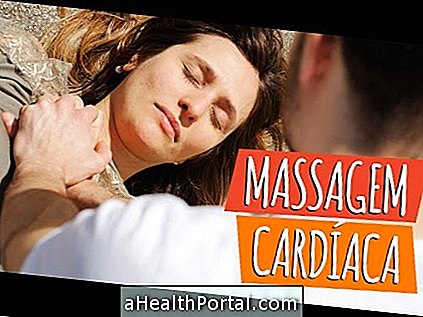
How to prevent heart attack
Major villains to increase the chances of cardiovascular disease, such as stroke or heart attack, are unhealthy lifestyle habits that are responsible for the accumulation of fat inside the vessels. Thus, to prevent infarction, it is necessary to:
- Maintain an adequate weight, avoiding obesity;
- Practice physical activity regularly, at least 3 times a week;
- Do not smoke;
- Controlling high blood pressure with physician-directed medicine;
- Controlling cholesterol by feeding or using physician-directed medicine;
- Treat diabetes properly;
- Avoid stress and anxiety;
- Avoid drinking too much alcohol.
In addition, it is recommended to check up regularly at least once a year with the general practitioner or cardiologist so that the risk factors for heart attack are detected as soon as possible and guidelines that can improve health and decrease the risk. Check out the top exams that can be done to assess heart health.
